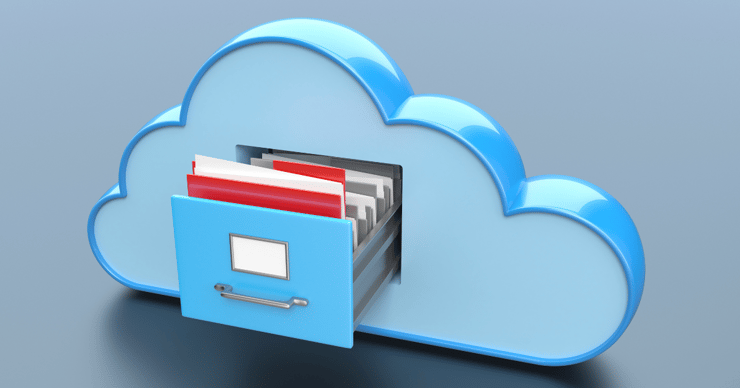But there’s one moment that can threaten to derail the whole process.
It happens when you tell your old provider that you’re thinking of leaving.
That provider says they’ll be sorry to see you go – and then announces that you’ll need to continue paying for a Right to Use (RTU) licence to access your old data.
What’s more, they may tell you this is not optional – and that it will be very expensive.
But before you change your mind about the whole project, there are some things you need to know.

What is a Right to Use (RTU) licence and why should I have one?
An RTU licence is a way to give you continued access to the old software so you can still refer to it when you need to in the future.
You may be told you will need such a licence because HMRC requires organisations to keep six years’ worth of financial data in case of inspection. Auditors could also need to see seven years of accounts.
You indeed need to hang onto that information – but that doesn’t mean you have to pay painful amounts of money to keep access to a clunky system. And the charges for that access can be very high indeed.
How much do “right to use” licences cost and do I need to pay it?
Some suppliers are now quoting sums running into thousands of pounds a year for customers to keep access to their old data through an RTU licence.
It is not uncommon for suppliers to make more money from RTU licences than they did from the original software.
Some customers will accept this expense as an unwelcome cost of changing systems. Others might be persuaded to abandon the switching process.
In some cases, vendors have tried to make a positive case for RTUs. They have argued there is a return on investment to be had from continuing to pay for access to the old system.
But if the customer is changing software to achieve efficiencies and produce better financial information, it is worth questioning whether paying for access to an old, inefficient system can really make any business sense.
What’s the alternative to paying for an RTU licence?
You can’t expect to keep using the full functionality of your old system and not pay for it. But you don’t necessarily need it again.
Cloud accounting software that comes with an open application programming interface (API) allows for the easy migration of data from other systems.
iplicit users can take advantage of our data archive functionality and have their historical data transferred across, where it sits ready behind a tab marked “Archive”. The main iplicit system, meanwhile, starts up clean and ready to use, with opening balances and outstanding transactions carried over from the old software.
If the finance team needs to look up old transactions, the records are there. And if an auditor wants access to historical data, the procedure involves just handing them a read-only login code.
We know adding this feature to iplicit has already saved our customers hundreds of thousands of pounds. So it’s worth researching all the options before you get into a conversation with an old vendor that doesn’t want you to leave.
SEE THE SOFTWARE: iplicit's Data Archive
iplicit users can take advantage of our data archive functionality and have years of historical data transferred across, where it sits ready behind a tab marked “Archive”.
The alternative could be a costly licence, to give you continued access to the old software so you can still refer to it when you need to in the future.
Learn More
To find out more about iplicit and how it stores your historical data while allowing you to move on, please contact us or book a demo to experience the platform for yourself.
